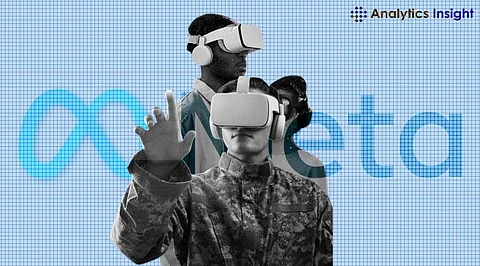

Meta recently revealed its new AI model, Meta Motivo, that will program and coordinate the actions of the human-like AI characters. This technology aims to make characters seem more realistic in the Metaverse or Gaming world and improve the animation industries.
Unlike previous methods, where labeled data and task training are necessary, Meta Motivo relies on a large database of unlabeled motions. Due to the specified approach that fits different types of human movement, the model can produce realistic and natural-looking animations for characters. It also helps in whole-body tasks like motion and object control simultaneously without training for each motion.
Meta claimed that Meta Motivo performs better than state-of-the-art methods in the unsupervised reinforcement learning domain and comparable performance in task-specific evaluations. Such developments might also help enhance non-player characters (NPCs) and animation techniques in all areas of the virtual platforms.
Besides Meta Motivo, the company introduced Meta Video Seal – a framework for adding the invisible watermark to AI-created video content. This technology enables creators working on a particular video to track its source, thus reducing fake news and manipulation effects.
Meta Video Seal is an added security measure that helps platforms ensure the sanctity of the video content presented, thus limiting the use of edited media. The watermark remains invisible to the general public but is traceable by authorized parties, making it safe when protecting electronic properties.
The company also stressed that such developments are consistent with its mission to maintain credibility and authenticity in virtual environments and improve the current rapid creation tools for such content.
Meta Motivo and Meta Video Seal reveal that the company has not completely deviated from artificial intelligence and Metaverse. These align with its capital expense forecast 2024, which is expected to reach between $37 billion and $40 billion.
The company has an open strategy for releasing AI models, seeking to foster more collaboration among developers and develop better platform tools and experiences. Meta is convinced that similar projects like Meta Motivo can level up the possibilities of character animation, thus making state-of-the-art motion control relevant to various industries.
Furthermore, Meta is considering future language modeling developments through its large concept model (LCM). As opposed to methods predicting sequences of tokens, LCM aims to predict high-level abstract concepts residing in multilingual and multimodal domains. This approach shows how Meta improves AI systems' and real-world portrayal.
